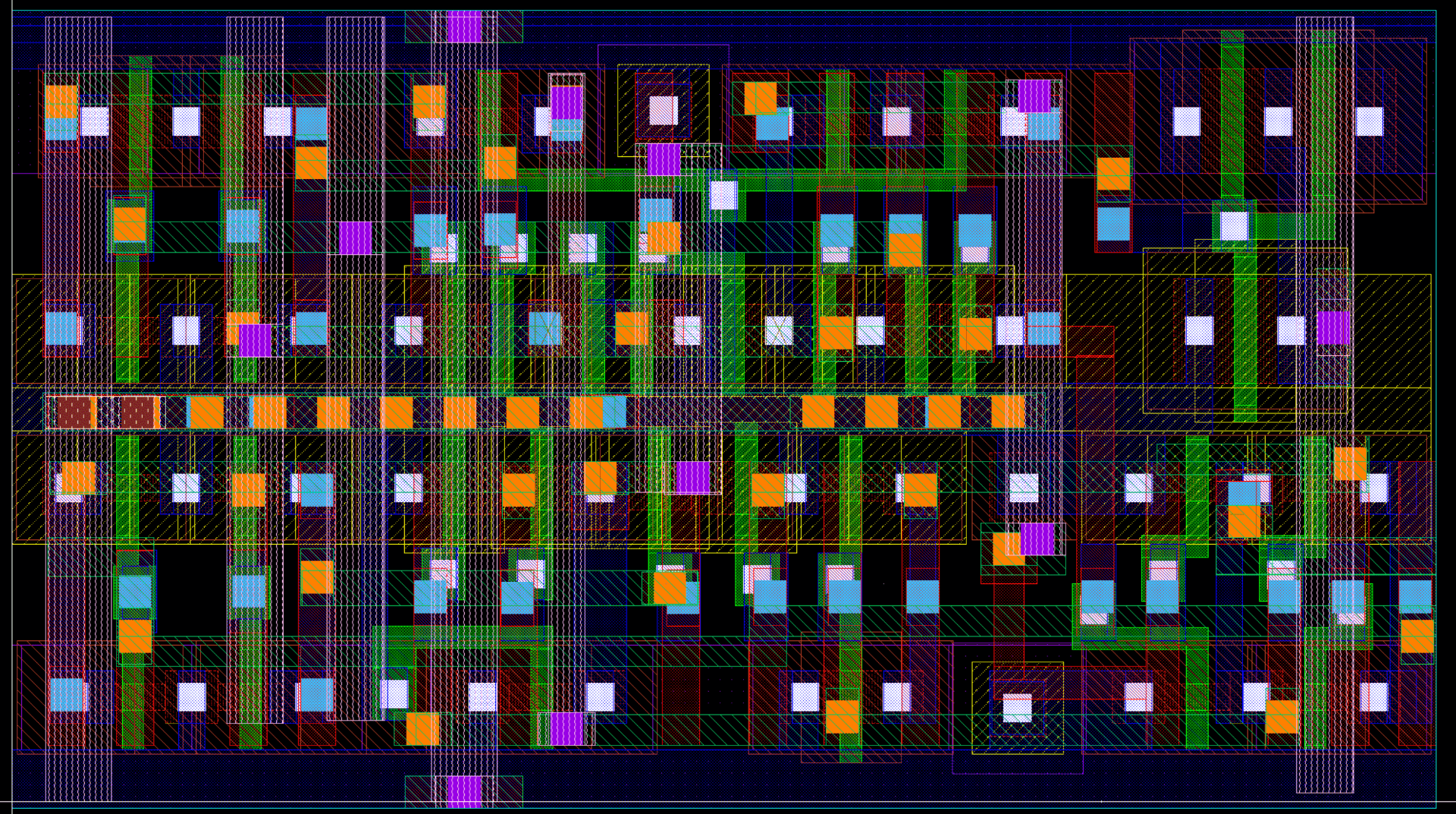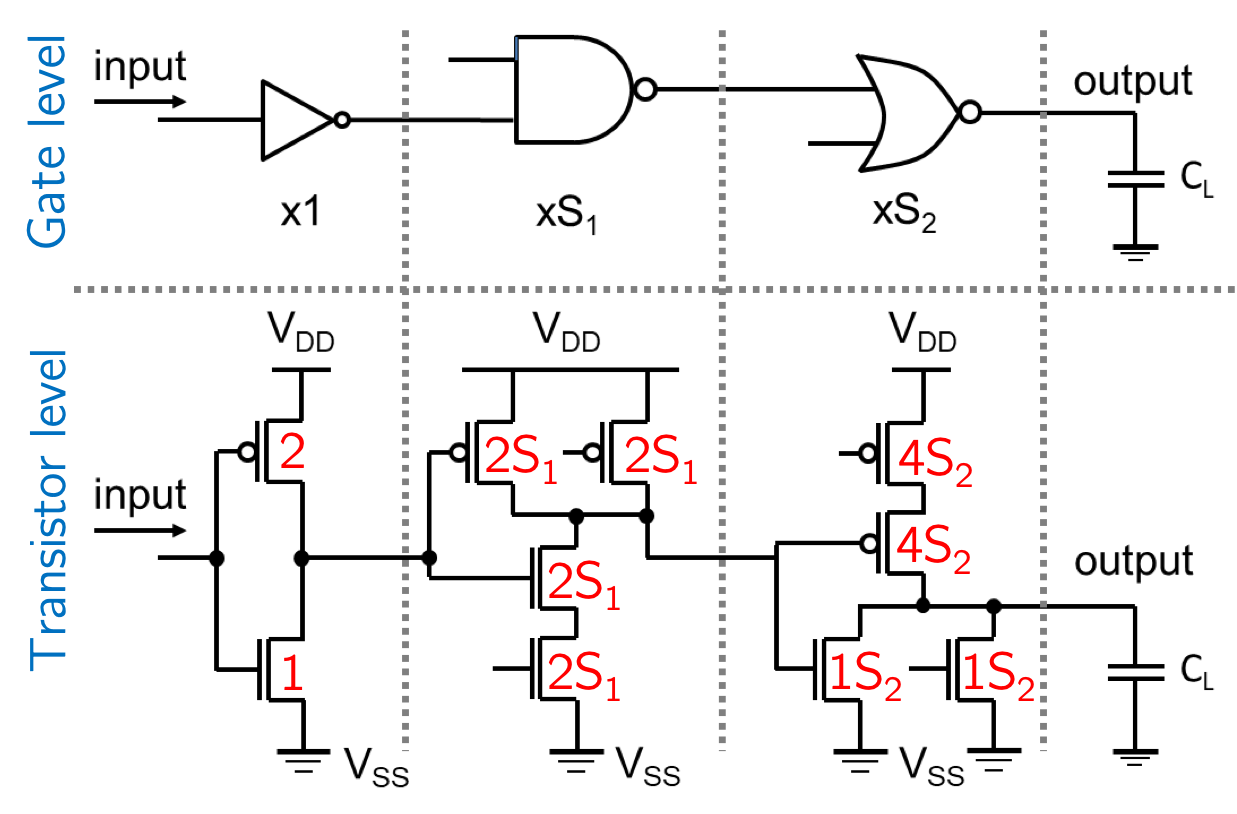ECE 4740 Contents
Syllabus and Course Details
Lecture Notes and Handouts
Homework and Labs
Note: Projects, quizzes and exams are not available for this course
Course Description
This course provides an introduction to digital very large-scale integration (VLSI) design. The following topics are covered: basic transistor physics, switching networks and transistors, combinational and sequential logic, latches, clocking strategies, PLAs, memories, physical design, floor planning, CMOS scaling, timing analysis, architecture transforms, computer arithmetic, fixed- point design and optimization, and performance and power considerations, etc. Lecture, labs, and homework topics emphasize disciplined synchronous VLSI design, and include CMOS logic, layout, and timing; computer-aided design and analysis tools; electrical and performance considerations.
Instructor(s)
Christoph Studer studer@cornell.edu
Course Level
Undergraduate (senior level)
As Offered In
Spring 2018
Required Text(s)
N. H. E. Weste and D.M. Harris, CMOS VLSI Design: A Circuits and Systems Perspective (4th Ed.), Addison-Wesley
Course Structure
The course consists of:
- Homework: 4-5 assignments per semester
- Exams: 3 preliminary exams during the semester; no final exam
- Labs: 4 extensive circuit design labs during the semester
- Design Projects: Final project that lasts for about ¼ of the semester
- In-class quizzes: 5-10 in-class quizzes during the semester
Details List of Topics Covered
- Basic transistor physics
- Switching networks and transistors
- Combinational and sequential logic
- Latches and flip-flops
- Clocking strategies
- PLAs and memories
- Physical design
- Floor planning
- CMOS scaling
- Timing analysis
- Architecture transforms
- Computer arithmetic
- Fixed-point design and optimization
- Low-power VLSI design
Student Outcomes
- Be able to design large scale clocked digital systems
- Understand and make trade-offs between design time, cost, speed, power, area, and design complexity
- Be able to use a set of commercial tools representative of the design process
- Be able to evaluate the performance of digital designs
- Understand the state-of-the-art in modern VLSI practice


